Among the twelve Jyotirliga sacred to Lord Shiva, Nageshwar Jyotirlinga is considered a spiritual continuum and a masterpiece of architecture. Situated a little away from Dwarka, Gujarat, the temple is not only a famous place of worship but full of interesting mythologies and histories as well. The holy place witnesses hordes of believers visiting everyday to attain peace and welfare of their soul, making it even more attractive for tourists who love spirituality and history.
This blog provides an insight into the exquisite mythology, rich history, artistry, customs and celebrations, and travel information related to Nageshwar Jyotirlinga temple.
| 1. Somnath | Veraval, Saurashtra, Gujarat |
| 2. Mallikarjuna | Srisailam, Andhra Pradesh |
| 3. Mahakaleshwara | Ujjain, Madhya Pradesh |
| 4. Omkareshwara | Omkareshwar, Madhya Pradesh |
| 5. Kedarnath | Kedarnath, Indian Himalayas, Uttarakhand |
| 6. Bhimashankara | Bhimashankar near Pune, Maharashtra |
| 7. Vishveshwara | Varanasi, Uttar Pradesh |
| 8. Tryambakeshwara | Nashik, Maharashtra |
| 9. Vaidyanatha (Vaijanath) | Deoghar, Jharkhand |
| 10. Nageshwara (Nagnath) | Darukavan, Dwarka, Gujarat |
| 11. Ramanathaswamy | Rameshwaram, Tamilnadu |
| 12. Grishneshwar | Near Ellora Caves, Aurangabad, Maharashtra |
The Legend and History of Nageshwar Jyotirlinga
Mythological Significance
In the annals of Hinduism, Nageshwar Jyotirling has an exalted status. As stated in the ancient scripts, this was one of the jyotirlingas that appeared as protector and salvation assisting transcends. It is based on the story of a devotee of Lord Shiva, called Supriya, who appears at the very foundation of the temple. As a consequence of Supriya’s firm faith, the Jyotirlinga was formed Namely when she was held at the mercy of the demon Daruka.
Such a tale demonstrates the triumph of good over evil and depicts Lord Shiva, whom people regard as being benevolent, always coming to the aid of his worried followers.
Historical Roots
The Nageshwar Jyotirlinga is mentioned in historical texts as well as old scriptures, including the Shiva Purana. Its mention amidst many gallant stories hints several temples of unsurpassed antiquity – though the precise history of the temple cannot be pinpointed, it has been an object of veneration for ages. According to archaeological evidence, the area surrounding the temple displays indications of habitation from the early periods, with remnants of sea trade that linked it to other civilizations.
The temple has undergone many renovations throughout history, including from different dynasties and rulers who respected its religious and cultural value.

Temple Architecture and Unique Features of Nageshwar Jyotirlinga Gujarat
The Nageshwar Jyotirlinga temple is arguably the finest illustration of the traditional temples of India while embracing modernism.
Key Architectural Highlights of Nageshwar Jyotirlinga Gujarat
1. The Inner Shrine: In the center of the temple is the sacred space, within which the black stone ‘linga’ decorated with flowers and other offerings – the shrine of the Jyotirlinga – is placed.
2. A Statue of Lord Shiva: Inside the premises of the temple is the staining 25-meter statue of Lord Shiva. The statue is finely detailed in its design depicting the calm and meditative looks of the God.
3. Inside the Temple: The interiors contain many carvings and paintings showing scenes from the Shiva Purana and other Hindu epics.
4. Tranquil Place: Apart from that, the vicinity of the temple is furnished with a lot of trees, adding to the peace of the area.
And the symbolism of the temple, in its overall configuration, is the manifestation of the cosmic power and timelessness of Lord Shiva.
Rituals and Festivals at Nageshwar Jyotirlinga
Rituals and festivals at Nageshwar Jyotirlinga elevate the spiritual experience for visitors
Daily Rituals
Mangala Aarti: Early in the morning, the day begins with an aarti, a prayer to the effulging divine energies in the atmosphere.
Abhishekam: This sacred rite immerses the Jyotirlinga in an array of offerings including milk, pure ghee, water, honey, etc.
Shiva Sahasranama Chanting: Bhaktas chant one thousand names of the Lord Shiva seeking their share of blessings.
Evening Aarti: The evening aarti event is more beautiful with many devotional songs with nice quiet atmosphere.
Major Festivals
Maha Shivratri: Celebrated with utmost pomp and grandeur, Maha Shivratri symbolizes the spiritual unity of Lord Shiva and Goddess Parvati. Followers refrain from consuming food, engage in prayer vigils throughout the night, and perform elaborate rituals known as pujas.
Shravan Month: The month of Shravan (July-August) is the period when daily abhishekams, bhajans, and other activities are performed, with all devotion in abundance.
Nag Panchami: On this day, believers show reverence to snakes as they are avatars of Lord Shiva, who is an epitome of wilderness.
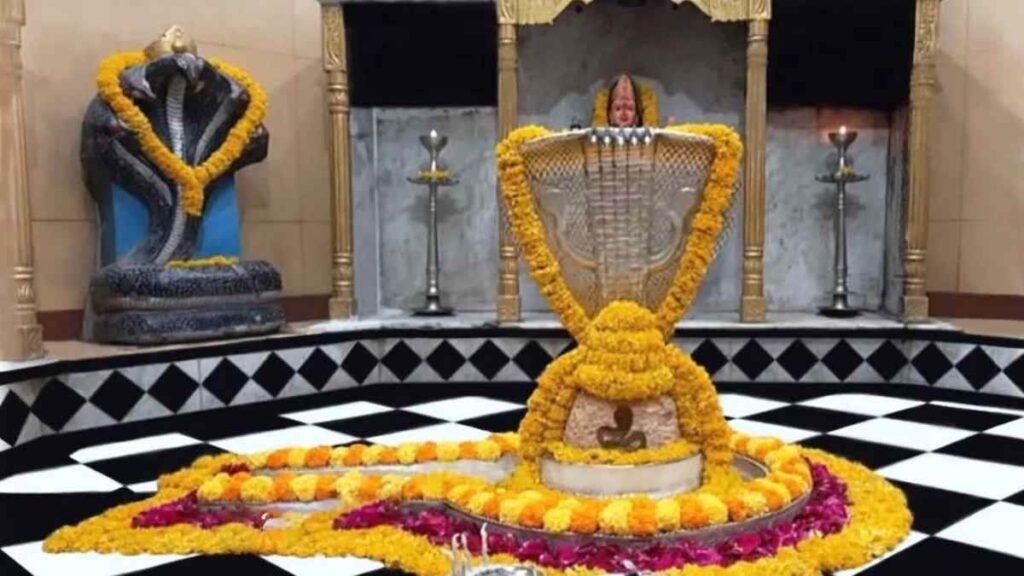
Exploring Nearby Attractions of Nageshwar Jyotirlinga Gujarat
Moreover, you can visit these places when going to Nageshwar Jyotirlinga for a better experience:
1. Dwarkadhish Temple (17 km): This famous temple is located in the state of Gujarat and is dedicated to Lord Krishna.
2. Bet Dwarka (30 km): An enchanting island that is said to be the residence of Lord Krishna.
3. Rukmini Devi Temple (18 km): This temple offers incredible sculptures and a divine atmosphere.
4. Gopi Talav (20 km): A calm water body which has relations with Lord Krishna’s tales and the gopis.
5. Gomti Ghat (17 km): A holy place which is also ideal for relaxing and performing some prayers near the river.
Travel Tips for Visitors of Nageshwar Jyotirlinga Gujarat
In order to help you make the most of your tour to Nageshwar Jyotirlinga, the following suggestions should be considered:
1. Best Time to Visit: For sightseeing as well as for the temple tours, the most pleasant weather can be experienced from October to March.
2. Temple Timings: This temple opens every day at six in the morning till nine in the night. It is advisable to reach the temple early to beat the queues.
3. Dress Code: Visitors are advised to wear appropriate dress so that the sanctity of the temple is not compromised. It is encouraged to put on traditional dress.
4. Local Transport: Dwarka is the nearest town which is well connected by both the road and rail transport systems. Taxis and local buses are available from Dwarka to the temple as well.
5. Accommodation: There are cheap hotels and even 5 star hotels situated in Dwarka, so every tourist is assured of getting a place to spend the night.
Why Visit Nageshwar Jyotirlinga?
visiting Nageshwar Jyotirlinga – one of the twelve holy Jyotirlingams associated with Lord Shiva – is a spiritually fulfilling and different experience all together. Here is why you ought to visit it

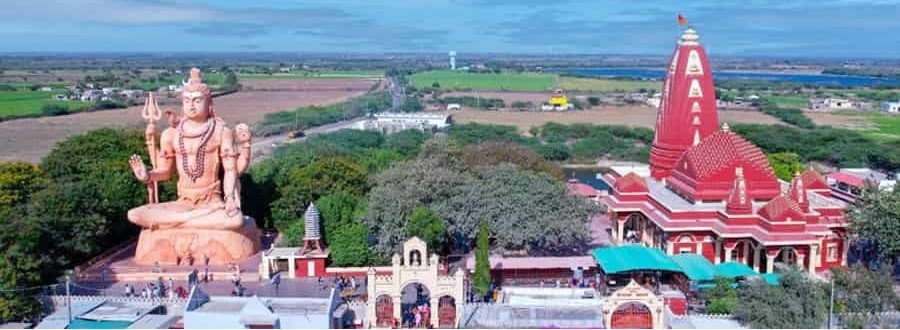








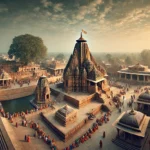
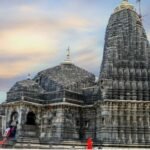

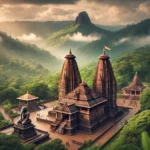
1 thought on “Nageshwar Jyotirlinga: A Divine Pilgrimage in Gujarat”